Content from the Brookings Doha Center is now archived. In September 2021, after 14 years of impactful partnership, Brookings and the Brookings Doha Center announced that they were ending their affiliation. The Brookings Doha Center is now the Middle East Council on Global Affairs, a separate public policy institution based in Qatar.
The Red Sea has fast become an arena of geopolitical intrigue, as new engagement between Gulf and African states is challenging old assumptions and erasing old boundaries. Expanding economic and strategic interests are driving unprecedented activity on both shores, while great powers pay increasing attention to the maritime gem in the middle, the Bab al Mandab—a strategic chokepoint and gateway to one of the world’s most heavily-trafficked trade waterways.
Here, at the nexus of the Red Sea and the Gulf of Aden, a series of state actors—with different cultures, different models of government, and different styles of diplomacy—are feeling each other out. Opportunities and risks abound, and as in any emerging frontier, the rules of the game are yet to be written.
Establishing a “Red Sea forum,” where concerned states might come together to discuss shared interests, identify emergent threats, and fashion common solutions, is a sensible next step. Efforts are underway to shape such a collective, and as leaders from these rapidly integrating regions sketch further blueprints, four design elements are worthy of consideration.
The Context
But first, some context. The United Arab Emirates (UAE), Saudi Arabia, Qatar, and Turkey have each deepened relations with states in the Horn in recent years, hoping to win friends, investments, and influence. (Reviews to date are mixed; some African states have reaped benefits while others have been destabilized.) The most tangible manifestation of this engagement has been a real-estate boom on the African coast, where new military bases and seaports have accompanied diplomatic and commercial investments in Somalia, Djibouti, Eritrea, and Sudan.
Ethiopia, the largest country in the Horn, also figures prominently in the new calculus, as does sometimes-rival Egypt, home to the Red Sea’s longest mainland coastline. Since mid-2017, these new forays into the Horn have also been colored by the Gulf crisis, a toxic feud that has infected politics in several African states as rival camps vie for access. Yemen rounds out the dizzying chessboard, where the onset of war deepened interest in strategic access to nearby African shores as well as control of the Red Sea’s southern gate.
Hundreds of billions of dollars in annual trade flows through this 20-mile wide waterway each year en route to Europe, Asia, and the Gulf. The narrow strait is also critical for freedom of navigation throughout the Mediterranean and Western Indian Ocean, thus making it the subject of interest in Washington, Brussels, and most recently, Beijing. The recent arrival of the Chinese navy in Djibouti—the tiny port nation already host to the U.S. and four other foreign militaries—means the Red Sea and Gulf of Aden are now also a theater for great power rivalry. (Russia, India, Saudi Arabia, and Japan have all signaled interest in establishing a military footprint here, too.)
The Idea
As I argued recently in Foreign Affairs, the idea of a Red Sea forum, as advanced by some forward-thinking diplomats in the region and in the West, is a good one. Such a collective could confront issues as diverse as trade and infrastructure development, maritime security, mixed migration, environmental protection, and conflict management. For example, tens of thousands of irregular migrants leave the Horn of Africa each year en route to the Gulf, often by way of Yemen. Meanwhile, huge numbers of Yemeni refugees, displaced by war, flee in the opposite direction—ending up not only elsewhere on the Arabian Peninsula, but across the Horn of Africa. States on both shores would benefit from a common conversation about this increasingly complex landscape, especially in the event of a post-war transition in Yemen.
One issue must ripen before this aspirational forum can become a reality, however, and another before its value can be fully realized. First, Gulf Arab states should resolve (or otherwise de-escalate) the ongoing Gulf crisis, which has polarized the Red Sea region and will complicate the participation not only of its feuding protagonists but also of their African allies. Second, states in the Horn should coordinate efforts toward re-balancing what are, at present, deeply asymmetric relationships with small, wealthy Arab monarchies. This will not happen overnight, of course, but the sweeping political and economic changes currently underway in Ethiopia and across the Horn provide a starting point. To be clear, the transformational potential of these transitions is matched only by their potential to destabilize, but success advancing domestic reforms, coupled with progress toward regional integration, could allow these African states to come to a Red Sea forum on a more equal footing.
The Efforts to Date: Toward a Red Sea Forum
Early attempts to convene Red Sea states have encountered obstacles, but these efforts will, and should, continue.
Mostly recently, Saudi Arabia attempted to take the lead, inviting foreign ministers to Riyadh under the banner of “Arab and African Coastal States of the Red Sea and the Gulf of Aden”. But the meeting’s lackluster result reflected not only insufficient diplomatic advance work, but differing views over composition and objectives. Ethiopia was not invited, for example, reportedly at the request of Egypt. Cairo’s attempts to exclude Addis Ababa are not really about Ethiopia’s littoral deficit, but about competition over regional influence and the hotly contested waters of the Nile.
African institutions have also initiated efforts toward a Red Sea collective; the African Union issued a mandate to build consensus around a Forum, while IGAD— Intergovernmental Authority on Development, an East African bloc—recently issued a communiqué committing its members to “formulate shared norms” and develop “common goals” on the Red Sea agenda. But such collaboration has yet to materialize. Eritrea, a key player, has so far resisted, a familiar posture given its president’s aversion to multilateral fora that might cede any authority (it was also a no-show at the Saudi ministerial).
European partners have also signaled interest in supporting a forum, given considerable investments in the region and a desire for secure shipping lanes and stable migration flows. New U.N. Security Council member Germany, together with EU officials, first invited Red Sea states to a gathering on the margins of the U.N. General Assembly in September 2018. But it also failed to launch, felled not only by disagreements over whom should be at the table, but whether the West should be involved at all.
Such fits and starts are to be expected as a diverse group of states attempt to forge a new diplomatic framework, especially as the boundaries of this new arena are still being defined. Champions of a Red Sea forum are right to continue the legwork in the meantime, narrowing gaps and laying a foundation for when the moment is right. Lessons may also be drawn by examining other such fora—curiosity has been expressed, for example, about both ASEAN (the Association of Southeast Asian Nations) and the Baltic Sea Forum. As efforts mature and blueprints are revised, Red Sea states and interested partners should consider the following four elements.
The Design Elements
1Ethiopia must be party to any forum. The fact that the country of 100 million doesn’t technically have any Red Sea coastline isn’t grounds to exclude one of the region’s most important players—a country of keen interest to Gulf actors and a lynchpin of politics, economics, and infrastructure development across the Horn. Other “neighborhood” states with important interests and relationships in the Red Sea and Gulf of Aden should likewise be involved in some fashion, including the UAE, Qatar, and Oman.
2This critically important mechanism should not be misappropriated for use as a military bloc against Iran. (Some believed this was among Riyadh’s motivations in January.) Regional security can and should be an anchor of Red Sea dialogue, but it must not dominate the agenda, distract from a broader menu of shared interests, or risk further polarizing the region.
3Red Sea states should build into the forum a mechanism for coordination with third-tier partners outside the region—including the United States, Europe, and China. Whether the billions in seaborne trade, the ongoing war in Yemen, the development budgets flowing to the region, or the premium on free navigation in this corridor, each of these outside actors have interests in—and are already present on—the Red Sea. A forum cannot, and should not, include everyone, lest it succumb to the lowest-common denominator generalities that have sunk many a multilateral talk-shop. But neither should its core members deny that outside actors have vested interests—or turn away the partnerships and capital investments that would likely accompany new cooperation.
4The mechanism can and should aim to be flexible—more “venue” than “organization.” Every country need not convene on every issue; some matters may be dealt with more efficiently by a subset of states, others will benefit from broad participation of members and partners.
The architects and masons of a Red Sea forum have more work to do, and these design elements may help. More obstacles may be to come, but stability and prosperity in an increasingly complex neighborhood depends on their project.
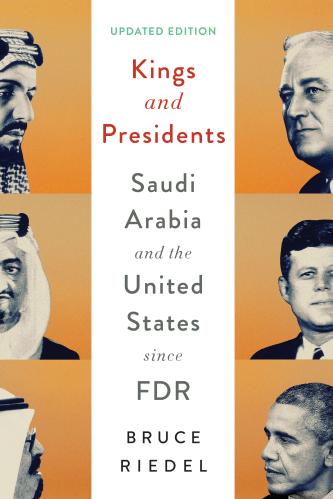
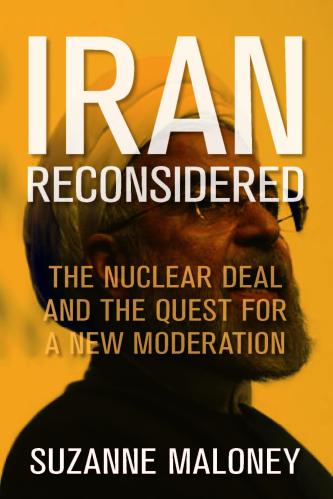
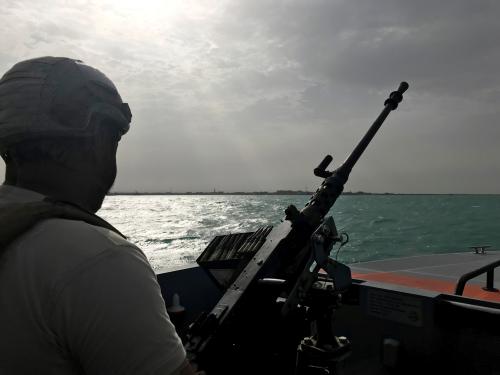


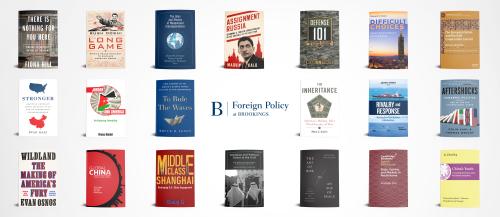
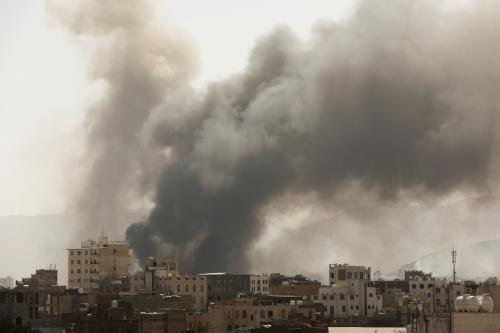
Commentary
Red Sea blueprints
Designing a forum for Gulf and Horn states
March 12, 2019